Constitutional Court Seat Without Barriers
Constitutional Court Seat Without Barriers
As part of the ongoing renovation of the Constitutional Court’s seat, the issue of removing physical obstacles preventing persons with disability from accessing and moving around the building could not be overlooked. This issue, while easy to solve elsewhere, is a complicated matter in the environment of a historic building.
In 2021, after a series of specific renovations and special adaptations, some of which had naturally taken place in previous years, the last obstacles disappeared from the building and it became a barrier-free public building. All the areas that are important for the Court’s deliberations, the delivery of judgments and the handling of documents (the courtrooms, the Assembly Hall and the library) are now without obstacles – access to and movement within them is possible without the need to be accompanied by another person. As the main entrance to the court is elevated above the surrounding terrain and is only accessible via stairs (there are also a number of levelling stairs between the entrance to the building and the first floor itself), this made access to the building difficult for persons with reduced mobility. Therefore, a new barrier-free and wheelchair accessible entrance was built from Žerotín Square. This entrance allows you to enter the building and use the lifting platform on the levelling staircase to move directly to the newly created lift in the north staircase, which was constructed during its renovation in 2021. The new lift connects all the floors in the building, which is something we lacked until now. Thanks to this lift, it is also possible to access the newly built registry archives in the basement without restrictions. The construction of a completely new lift was also challenging with regard to the requirement that the new equipment and technology should not disturb the existing architectural appearance, which was achieved thanks to the co-operation of the Constitutional Court, the architect, the Department for the Protection of Monuments of the City of Brno and the contractor. It should be noted that it is an aesthetical and functional unit that serves to the satisfaction of all concerned.
The doors, which are located on the route between the new entrance to the building, the courtrooms and the Assembly Hall, are now equipped with automatic door openers so that they do not require the assistance of a second person. Another measure to remove obstacles concerned the Assembly Hall. It was originally designed in a tiered manner, i.e. the individual benches were mounted on steps. During the reconstruction, this characteristic was partially removed, and seating for persons with reduced mobility was created in the first row of benches.
However, there were not only obstacles to movement, but also to sound, for example. Therefore, an induction loop was installed in the Assembly Hall, a device that effectively eliminates the communication barrier for the hearing impaired.
Prior to the start of the reconstruction of the Constitutional Court, there were a number of issues in the building in terms of accessibility (for example the aforementioned entrance to the building, movement between floors, access to bathrooms (toilets), etc.). In recent years, separate sanitary facilities for people with reduced mobility have been built on each floor, and the existing ramps and staircases have been supplemented with the previously missing handrails. The reconstructions, modifications and adjustments presented above have enabled not only barrier-free access to the building but also free movement on (and between) all its floors.
As already mentioned, such measures are commonplace in newly designed buildings. In older buildings they are difficult to implement yet they are still common. In listed buildings, however, such solutions are feasible only exceptionally and great effort must be made in their preparation and realization. The fact that the Constitutional Court is now barrier-free is a sign of care for its beautiful seat but at the same time and above all an expression of respect for all those who need to move around in the building.
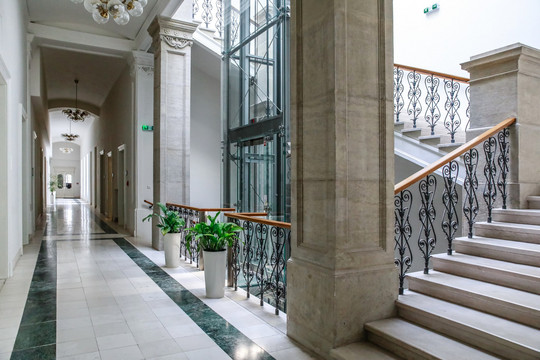
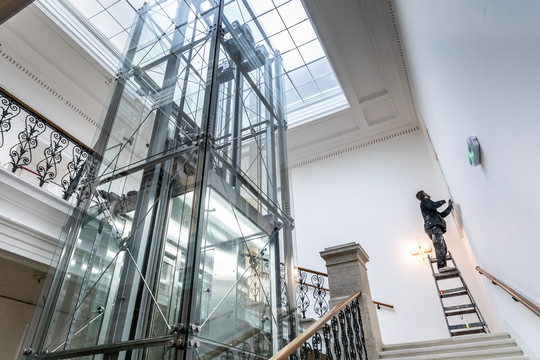
New lift in the north staircase was built during the renovation of the staircase
in 2021. All meeting and study areas are newly barrier-free and wheelchair
accessible (i.e. without the help of another person).
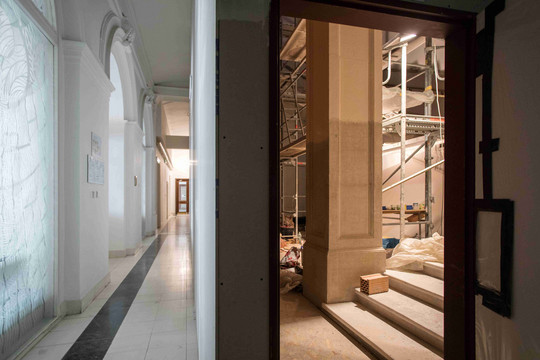
Renovation of the staircase area in the part of the building adjacent
to Žerotín Square
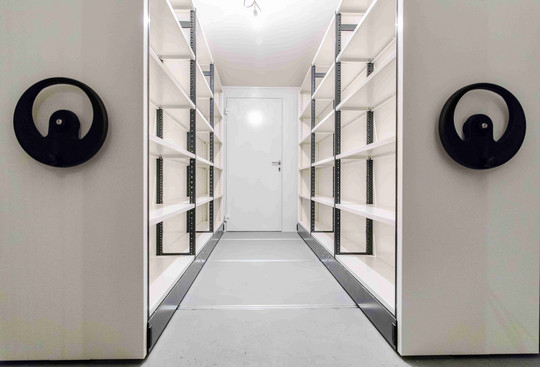
Thanks to the new lift, the newly built registry archives have been made
wheelchair accessible
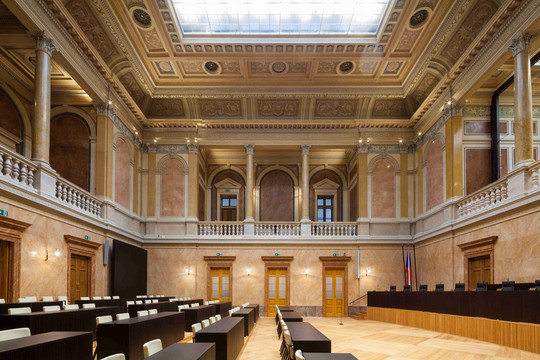
Removal of barriers in the Assembly (Plenary) Hall, which was originally designed
in a tiered manner. The staircase was partially removed during the renovation
and places for persons with physical disabilities were created in the first row.